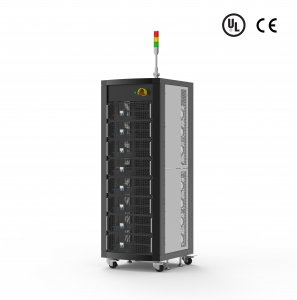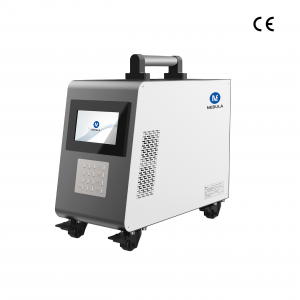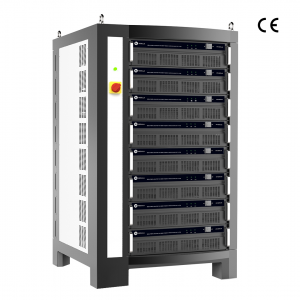
Nebula Electronics High-Voltage Battery Pack Cycler
Nebula Electronics High-Voltage Battery Pack Cycler
FEATURES









High Efficiency
In SiC devices, the higher saturation electron drift velocity allows for faster electron movement, enabling quicker transitions. Meanwhile, SiC's wider bandgap compared to Si enables devices to handle higher electric fields without breakdown. This characteristic results in lower on-state resistance (RDS(on)) for SiC devices, leading to reduced conduction losses. More energy is conserved during switching operations, and less energy is lost as heat. This elevated efficiency translates into improved accuracy and precision in testing
Higher Operating Temperatures
SiC's high thermal conductivity and wide bandgap enable SiC devices to operate at elevated temperatures without significant performance degradation. By working at higher temperatures without significant loss of performance and generating less heat during operation, SiC devices provide a comprehensive solution for managing heat dissipation in high voltage battery cyclers. This translates into better control over test conditions, longer equipment lifespan, and the potential for more compact cooling systems.
Smaller Size and Enhanced Reliability
SiC's higher thermal conductivity and efficiency gain helps dissipate heat more effectively. When heat sinks, cooling systems, and related components are smaller and more efficient, the overall weight of the equipment is reduced. SiC is known for its exceptional material properties, including high thermal conductivity, wide bandgap, and high breakdown voltage. These properties make SiC devices more resistant to thermal stress, electrical stress, and voltage spikes, which can lead to enhanced reliability under challenging conditions and experience lower failure rates.









Boosting Battery Testing Efficiency and Scalability with NEPTS
At Nebula, we take pride in offering comprehensive and open electrification solutions designed to streamline testing workflows and expedite our customers' time-to-market goals. lf required, we also have our third-party testing lab NETEST with over 10,000 testing channels and Nebula's long-standing experience as pioneers at the global forefront for large-scale battery testing.

Recommended products
contact information
- Nebula Electronics Co., Ltd. (Headquaters)
- Nebula International Corporation (North America)
- Shishi Rd No.6, Fuzhou, China
- 1384 Piedmont Drive, Troy, MI 48083.USA
- info@e-nebula.com
- sales.us@e-nebula.com
- 0591-28328897
- +1-248-533-4587

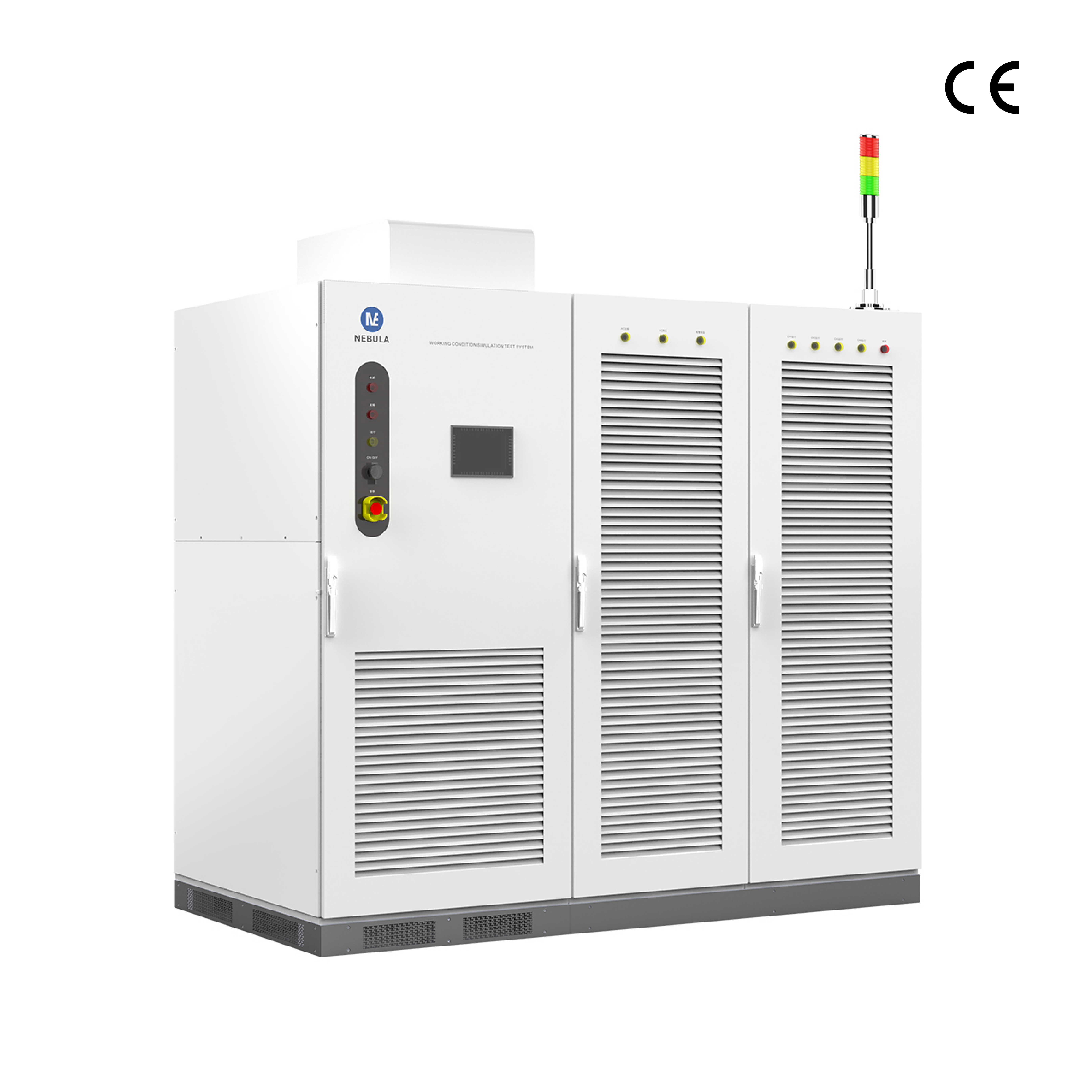
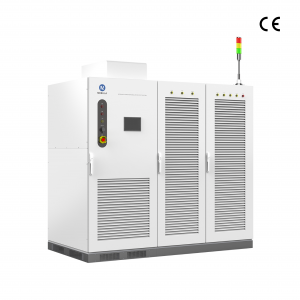

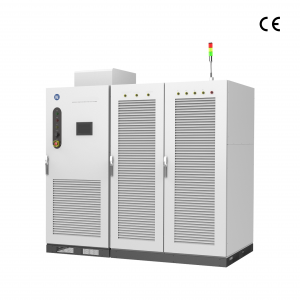
 CONTACT NOW
CONTACT NOW